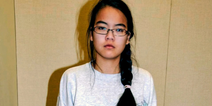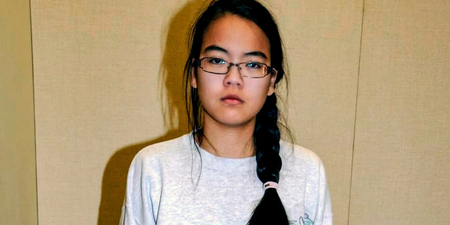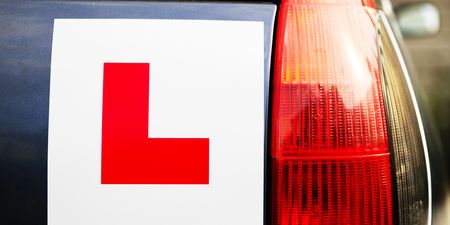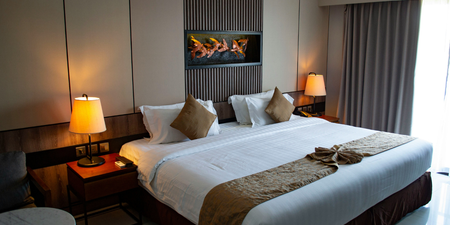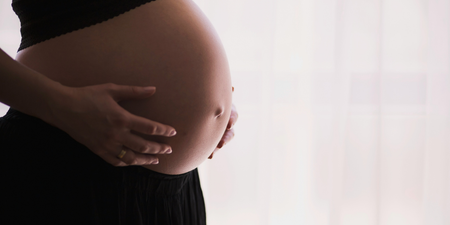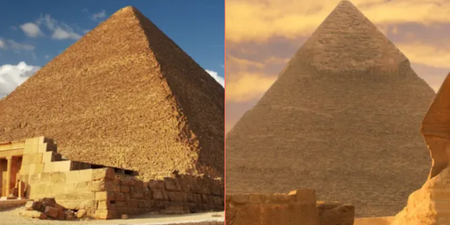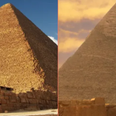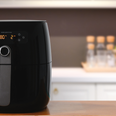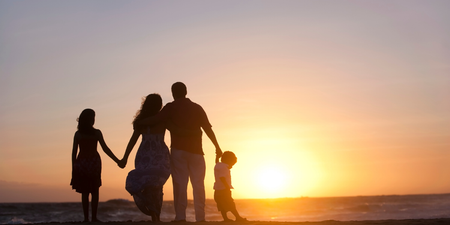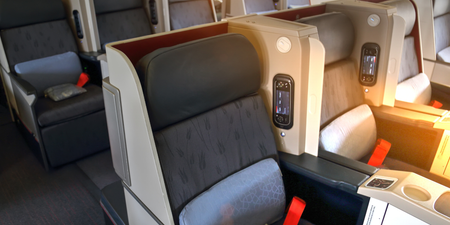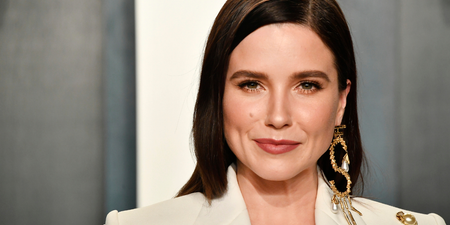Brought to you by TG4
“It was always taboo. It was always a secret. And it’s not right.”
In their recent documentaries, TG4 has been delving into the personal accounts of people involved in some of the biggest and most controversial stories in Ireland’s history.
Tonight, in a documentary produced by Tyrone Productions, sports journalist Evanne Ní Chuilinn presents her own story, Uchtú, as she tries to find out more about her history before being adopted from one of Ireland’s most notorious Mother and Baby Homes.
Only in recent years have the true horrors of what happened in Ireland’s Mother and Baby Homes come to light: hundreds of child and infant deaths, forced separation between mothers and their children, and constant work from morning to night for no pay. The world was a harsh place for unmarried pregnant women in Ireland.

Evanne Ní Chuilinn was one of the luckier children – she has wonderful parents and she eventually developed a great relationship with Mary, her birth mother.
However, there are still four months between when she was born and when she was adopted that she knows nothing about. This episode follows her journey to find out about those four months. Along the way, she talks to other people whose identities were also erased because of Ireland’s unwillingness to accept their unmarried mothers.
In a country so wound up in religion, who you were and how you acted were everything. If you became pregnant out of wedlock, it wasn’t just yourself that would be ostracised by the community, your entire family would be affected. There was such a crippling fear associated with bringing shame upon yourself and your family, that Mother and Baby Homes were the only option for many women at the time.
During the episode, Evanne travels to Tuam to visit what has become the most notorious Mother and Baby Home in the country now. While she is there, reading the names of the 796 children who were found buried in septic tanks, she talks to social historian Sarah Anne Buckley about what drove these women to Tuam in the first place.
“I think Tuam – you can take it as an example of the lack of options that women had if you became pregnant, and many of the women that went to Tuam as well, they may have been working-class or lower-middle-class. They didn’t go to a private maternity home; they went to the public institution and this was their only choice. And some of them would have been even grateful to get in there and maybe protect their secret by having their child adopted.
Your respectability mattered in Ireland in the nineteenth and twentieth-century and you were not respectable if you became pregnant. Not even just you, your whole family would be affected with that stigma. It was not a great place to be a certain type of woman.”
Over the course of the episode, we learn the stories of Joe, Catherine, and Dolores, who were all born in Mother and Baby Homes and who all had to fight against a clammed-up system and against overriding privacy laws to learn about the information surrounding their own birth and to take a step towards reclaiming their own identity.
However, Evanne also looks at the issue currently being debated – that of privacy versus the right to information. No doubt the people who were given up for adoption have the right to learn about their own lives, but does that right override the right of the mother to her own privacy?
It’s a question that both the current government and affected individuals all have to navigate.
As psychiatrist Patricia Casey questions:
“Who do you give precedence to? The right of the child that is now an adult, wanting to establish their own identity, versus reopening this past that the woman has dealt with and got closure on in very different circumstances. So that’s the moral dilemma.”
Tune in to Uchtú – Evanne Ní Chuilinn on TG4 tonight at 9:30pm for a more in-depth look at this question and to learn the personal stories behind Ireland’s Mother and Baby Homes.
Brought to you by TG4
Watch Irish-based documentaries on Wednesday nights, 9.30pm on TG4. You can also catch up on the TG4 Player and view from anywhere around the world right here.

